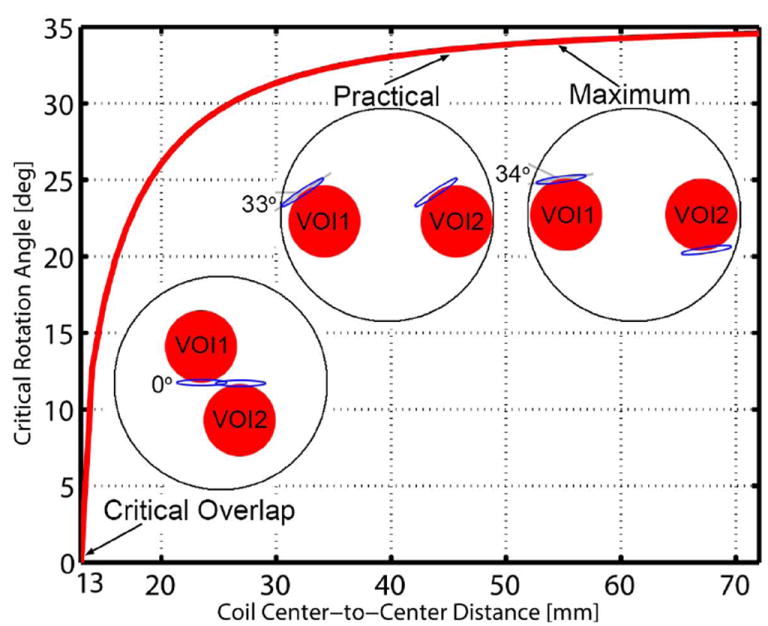Figure 5.

Dynamic spectra from [1-13C] pyruvate infusion into enzyme phantoms acquired with a conventional single-coil approach (top row) and with the dual-coil method (middle row) developed in this work. Higher lactate production results from a higher enzyme concentration (right) compared to a lower concentration (left), and resulting data quality is similar between acquisition methods. In vivo results from a dual-mouse acquisition are shown in the bottom row. Higher pyruvate to lactate conversion is evident in the tumor-bearing mouse (right) compared to the normal mouse (left), although lactate signal is still relatively strong in the nape of the normal mouse. There is no evidence of detrimental coupling or intervolume sensitivity that would compromise data collection using this dual-volume configuration. Pyruvate, pyruvate hydrate, alanine, and lactate are indicated by P, H, A, and L labels respectively.
